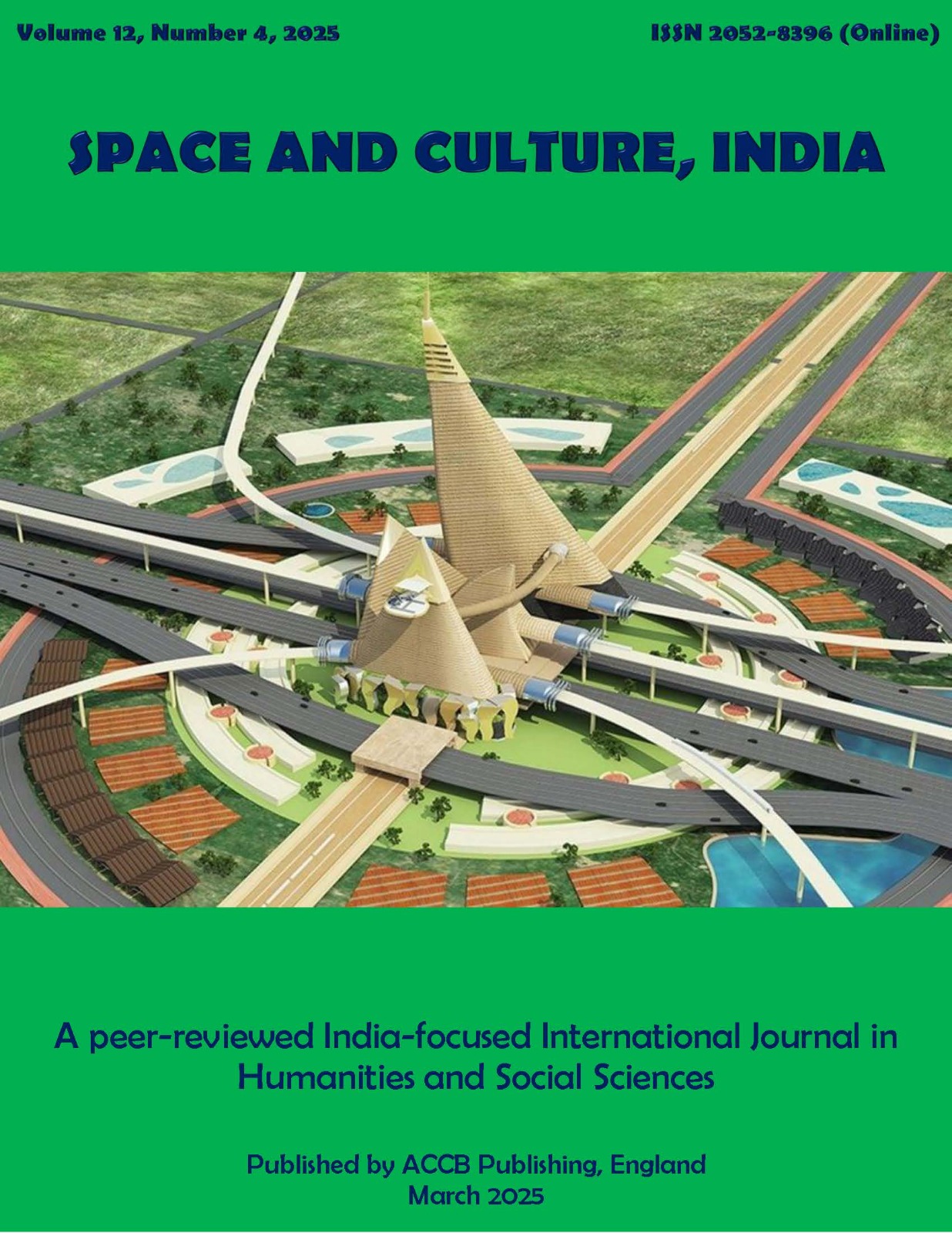A Decade of Smart Urbanism in India through the Smart Cities Mission (SCM)

Abstract
India is at the forefront of Asia’s urban transformation, with its urban population projected to reach 814 million by 2050. The Smart Cities Mission (SCM), launched in 2015, aimed to modernise 100 cities by integrating smart technologies to enhance governance, infrastructure, and quality of life. Initially influenced by Western smart urban models, SCM implementation followed a top-down approach, yet over time, cities have adapted smart initiatives to local needs. At the same time, centralised projects such as Integrated Command and Control Centers (ICCCs) shaped early implementations, decentralised, community-driven adaptations have gained prominence. Cities like Bhubaneswar, Indore, and Varanasi have prioritised inclusive urban services, including transportation, sanitation, and cultural heritage conservation. Despite significant achievements, future smart urbanism must prioritise smaller cities, marginalised communities, and ecological sustainability. Emphasising participatory governance, gender-sensitive planning, and nature-based solutions can foster a more inclusive, equitable, and resilient urban future for India.
Keywords
Smart Cities, Smart Urbanism, Smart Cities Mission , India, Asia, Global South
Author Biography
Diganta Das
Associate Professor, Co-Chair: NIE Sustainability Learning Lab (SLL), Humanities and Social Studies, Nanyang Technological University, NIE 3-3-131, 1 Nanyang Walk, Singapore 637616
References
- Bunnell, T., & Maringanti, A. (2010). Practising urban and regional research beyond metrocentricity. International Journal of Urban and Regional Research, 34(2), 415–420. https://doi.org/10.1111/j.1468-2427.2010.00988.x
- Das, D. (2019). In pursuit of being smart? A critical analysis of India’s smart cities endeavor. Urban Geography, 41(1), 55–78. https://doi.org/10.1080/02723638.2019.1646049
- Das, D., Chowdhary, K. B., Mishra, S. V., & Aditi, A. (2024). Varanasi—The making of a smart heritage city. Environment and Urbanization ASIA, 15(1), 141-155. https://doi.org/10.1177/09754253241230588
- Datta, A. (2015). A 100 smart cities, a 100 utopias. Dialogues in Human Geography, 5(1), 49-53. https://doi.org/10.1177/2043820614565750
- Karvonen, A., Cugurullo, F., & Caprotti, F. (Eds.). (2018). Inside smart cities: Place, politics and urban innovation. Routledge.
- Kitchin, R., Coletta, C., Evans, L., Heaphy, L., & MacDonncha, D. (2017). Smart cities, epistemic communities, advocacy coalitions and the ‘last mile’ problem. It. Information Technology, 59(6), 275-284. https://doi.org/10.1515/itit-2017-0004
- Marvin, S., Luque-Ayala, A., & McFarlane, C. (Eds.). (2015). Smart urbanism: Utopian vision or false dawn? Routledge.
- Prasad, D., Alizadeh, T., & Dowling, R. (2021). Multiscalar smart city governance in India. Geoforum, 121, 173–180. https://doi.org/10.1016/j.geoforum.2021.03.001
- Prasad, D., Alizadeh, T., & Dowling, R. (2023). Smart city planning and the challenges of informality in India. Dialogues in Human Geography, 14(3), 385-402. https://doi.org/10.1177/20438206231156655
- United Nations Department of Economic and Social Affairs (UN DESA). (2018). The 2018 revision of world urbanization prospects. United Nations.
